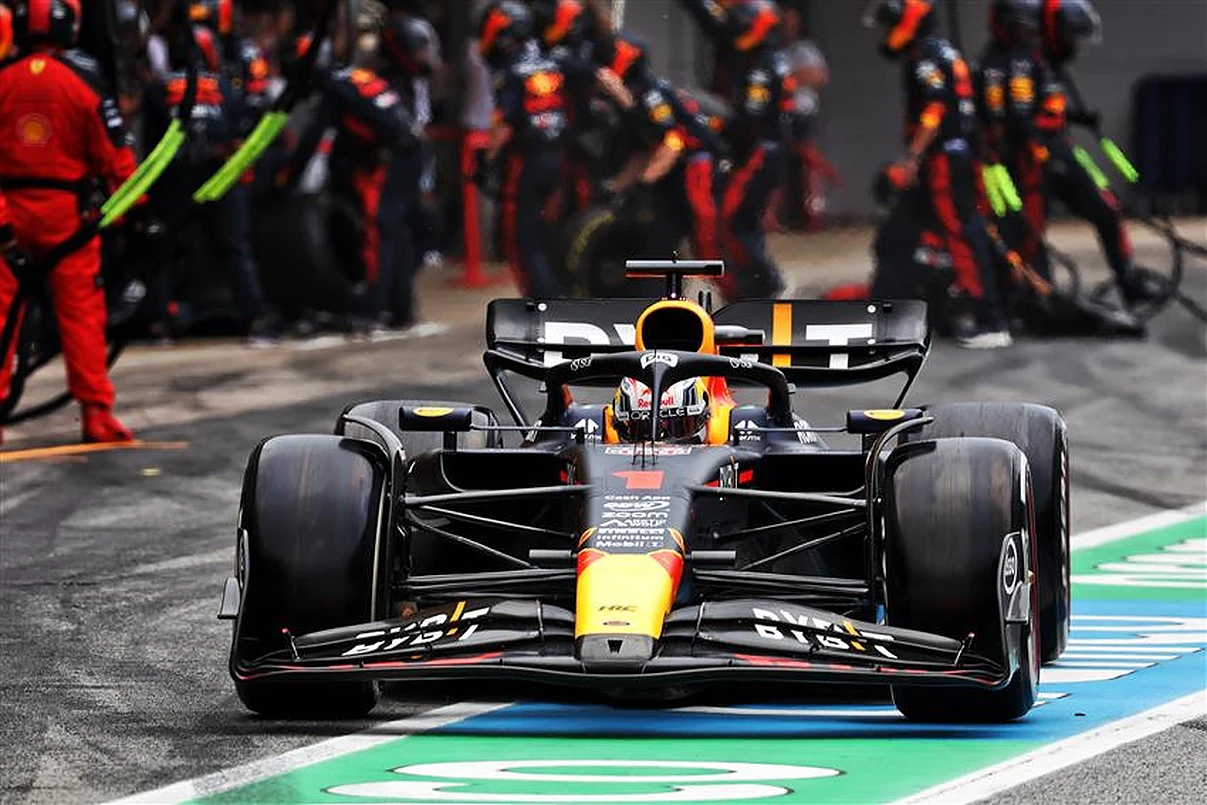As Formula 1 approaches the season’s midpoint, one crucial regulation that teams must adhere to is the wind tunnel rule, which will determine their aerodynamic testing time for the second half of the season.
On Friday, the teams’ wind tunnel allocations will be established, with the higher-ranked constructors facing handicaps.
Implemented in 2021, the system is reset every six months, with the first half of the year being based on the previous season’s constructors’ standings.
In 2023, Red Bull currently leads the championship and will have 70 percent of the total aerodynamic testing allowance. However, their penalty for breaching the 2021 budget cap will cut that down to 63 percent until October when their 12-month penalty expires.

Want to work in Formula 1? Browse the latest F1 job vacancies
The total allowance increases by five percent, starting from 70 percent for Red Bull and gradually increasing down to AlphaTauri in 10th place, who will have 115 percent of the default allowance, equating to 40 runs in the wind tunnel per week.
Each testing period spans two months, resulting in three testing windows between July and December.
Despite finishing seventh in the 2022 constructors’ championship, Aston Martin’s current position of third means they will lose 20 percent of their aerodynamic testing time compared to the first half of 2023.
Consequently, Aston Martin’s wind tunnel runs per week will decrease from 40 to 32.
Mercedes, currently in second place, and Williams, who moved up from 10th to ninth, will both lose five percent of their allotted time.
Ferrari, dropping two places to fourth compared to the previous season, will have a 10 percent increase in their aerodynamic testing time, allowing them four extra runs per week.
On the other hand, Alpine, McLaren, Alfa Romeo, and AlphaTauri will gain five percent as they move up one spot from their positions at the end of the previous year.
READ: Daniel Ricciardo to drive RB19 as Red Bull ‘evaluate’ signing him for 2024
Red Bull and Haas will retain the same amount of testing time as in the first half of 2023 due to their handicaps, though Red Bull will gain three additional runs in their wind tunnel once their cost-cap penalty expires in October.
Having more aerodynamic testing time enables teams to evaluate new parts, accelerating development and the number of upgrades introduced during a season.
The regulations aim to level the playing field, and they are expected to remain in place until at least 2025.

